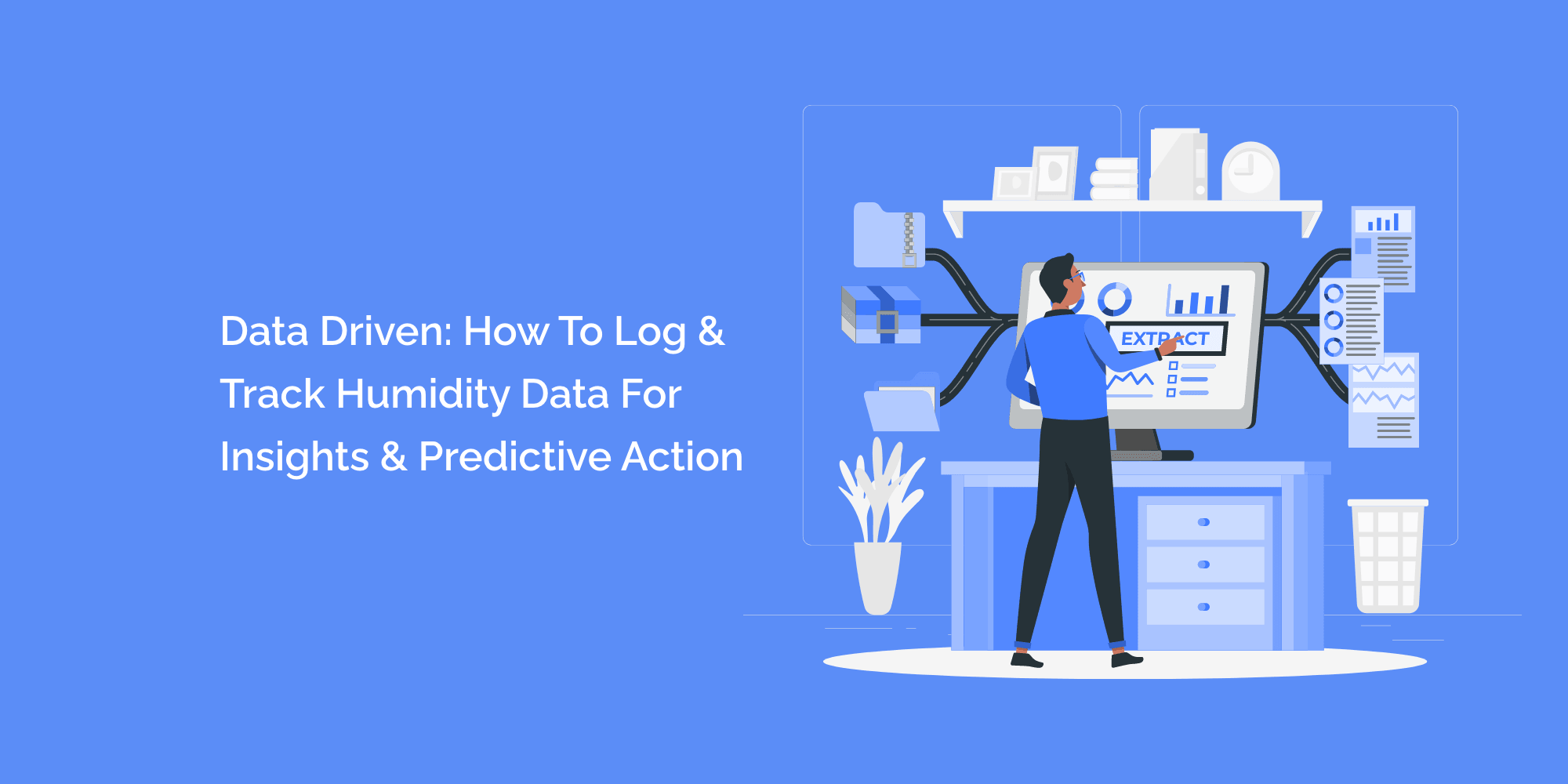Humidity plays a crucial role in our indoor environment, affecting our comfort, health, and property condition. By logging and tracking humidity data, we can gain valuable insights into patterns, trends, and potential issues, allowing us to optimize humidity levels and prevent problems proactively.
In this comprehensive guide, we will explore the importance of data-driven humidity monitoring, the benefits of logging and tracking humidity data, and provide step-by-step instructions on logging and analyzing humidity data effectively. By harnessing the power of data, you can make informed decisions, take predictive actions, and create a healthier and more comfortable living or working environment.
The Importance of Data-Driven Humidity Monitoring
Before diving into the technical aspects, let's understand why data-driven humidity monitoring is crucial. Here are a few reasons:
- Insightful Analysis: Logging and tracking humidity data over time provides valuable insights into trends, patterns, and variations. This information helps identify potential issues and understand how humidity levels impact our environment.
- Proactive Measures: By analyzing humidity data, we can take proactive measures to optimize humidity levels, preventing problems such as mold growth, property damage, and health issues associated with excessive humidity or dry conditions.
- Energy Efficiency: Data-driven monitoring allows us to identify opportunities for energy-saving adjustments. By understanding humidity patterns, we can optimize the operation of humidifiers, dehumidifiers, and HVAC systems, resulting in energy efficiency and cost savings.
Logging and Tracking Humidity Data
Choosing the Right Equipment
- Hygrometer Selection: Invest in a reliable hygrometer capable of accurate and consistent humidity measurements. Consider analog, digital, or intelligent hygrometers that integrate with your smartphone or home automation system.
- Data Logger Consideration: Select a data logger capable of capturing and storing humidity data over time. Look for features such as storage capacity, data retrieval methods, and compatibility with your chosen hygrometer.
Determining Monitoring Locations
- Identifying Key Areas: Determine the locations where humidity monitoring is crucial in your space. Basements, bathrooms, living rooms, or rooms with sensitive equipment or valuable assets are common areas for monitoring.
- Multiple Sensors Placement: Install humidity sensors in different locations to capture a comprehensive understanding of humidity levels throughout your space.
Data Logging Setup
- Sensor Placement: Follow manufacturer guidelines for sensor placement to ensure accurate readings. Avoid direct sunlight, drafts, or areas with excessive moisture or heat sources that may impact accuracy.
- Data Logger Configuration: Set up your data logger to record humidity data at regular intervals. Adjust settings such as logging frequency, data storage, and retrieval methods per the device's instructions.
Data Analysis and Interpretation
- Data Retrieval: Retrieve humidity data from your data logger using the designated method specified by the device manufacturer.
- Visualization Tools: Utilize software or online platforms to create visual representations of the data, such as charts or graphs. This allows for a more straightforward interpretation and identification of trends or patterns.
Taking Predictive Actions
- Setting Thresholds: Establish specific humidity thresholds based on comfort, health, and property requirements. Identify upper and lower limits beyond which action needs to be taken.
- Alerts and Notifications: Configure your monitoring system to send alerts and notifications when humidity levels exceed or fall below the defined thresholds. This allows for prompt action to maintain optimal conditions.
Implementing Corrective Measures
- Humidification Solutions: If humidity levels are consistently low, consider using humidifiers to increase moisture in the air. Choose appropriate humidification methods based on the space size and the desired control level.
- Dehumidification Solutions: In cases of high humidity, implement dehumidifiers to remove excess moisture from the air. Select dehumidifiers based on the capacity required and the specific needs of the treated area.
Certainly! Here are some frequently asked questions (FAQs) related to logging and tracking humidity data for insights and predictive action:
Why is logging and tracking humidity data important?
Logging and tracking humidity data provides valuable insights into patterns, trends, and variations in indoor humidity levels. It allows for proactive measures to optimize humidity, prevents mold growth or property damage, and create a healthier and more comfortable environment.
What equipment do I need to log and track humidity data?
You will need a hygrometer to measure humidity accurately and a data logger to record and store humidity data over time. Choose reliable devices that suit your requirements, such as analog or digital hygrometers and data loggers with adequate storage capacity.
Where should I place humidity sensors for effective data logging?
Place humidity sensors in critical areas of your space, such as basements, bathrooms, living rooms, or rooms with valuable assets or sensitive equipment. Installing multiple sensors in different locations provides a comprehensive understanding of humidity levels throughout your space.
Conclusion
Logging and tracking humidity data is invaluable for maintaining optimal indoor conditions and taking proactive measures to prevent issues associated with excessive or low humidity. Investing in the right equipment, setting up a data logging system, analyzing the data, and implementing corrective measures can create a healthier, more comfortable environment.
With data-driven insights, you can better understand how humidity levels fluctuate, identify trends, and make informed decisions to optimize humidity management. By integrating alerts, notifications, and automation, you can take predictive actions to maintain ideal conditions, prevent property damage, and ensure occupant comfort.








